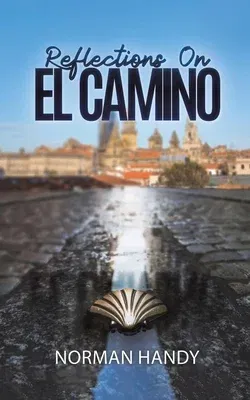'El Camino' is the pilgrim's route across northern Spain to reach the
cathedral in Santiago de Compostela. This was built on the site where
the body of the disciple St James was buried after he was martyred in
Jerusalem in 44AD. His remains lay unmarked and unknown for eight
centuries until a miraculous light led a shepherd to discover the bones
in a cave. A cathedral was built over the spot where the bones were
found and it became one of the prime destinations for pilgrims in the
medieval era. But the way to Santiago de Compostela was fraught with
danger for those pilgrims, with the notoriously bad weather in the
Pyrenees, warring kingdoms in the north, civil war and the ever-present
danger of invasion from the Muslim Moors who controlled the southern
half of the Iberian Peninsula.
This book is a long-distance trek through the countryside, culture and
history of the area: from St Jean Pied de Port on the French side of the
Pyrenees to Santiago de Compostela, then onwards to the Atlantic coast
of Spain, and finally to Finisterre - or 'the end of the world', as it
was known in the times of the Roman Empire. It is a journey of over 900
kilometres. But what is the route like today for the modern pilgrim?

